An international research team has investigated the economic viability of exporting ammonia from Africa to Europe, where is then reconverted into hydrogen, and has found that this task could be “prohibitively” expensive under four realistic scenarios by 2030.
Their analysis considered, in particular, the cost of capital (COC) by country, financing structure and interest rate environment to calculate the potential levelized cost of hydrogen (LCOH) of each country and scenario. For this assessment, they used GeoH2, a toll that calculates the locational cost of green hydrogen production, storage, transport, and conversion to meet demand in a specified location. Rotterdam was used as the entry port for the import of hydrogen.
The analysis also took into account 34 hydrogen projects, ranging in size from 3.5 MW to 6.9 GW, that are planned to be operational across seven countries in Africa by 2030. The scenarios were outlined based on the general interest rate and policy environment. Considering “realistic” technical constraints, the scientists also considered hourly solar and wind data to optimize solar PV, onshore wind, battery storage, electrolysis, hydrogen storage and ammonia storage.
“We restricted the analysis to African countries with port access, as landlocked countries would need to negotiate agreements to secure transportation to ports, introducing further complexity and uncertainty,” the research team explained. “Somalia and Libya are excluded due to political instability, and small island states are excluded due to infrastructure and space constraints, resulting in a sample of 31 countries.”
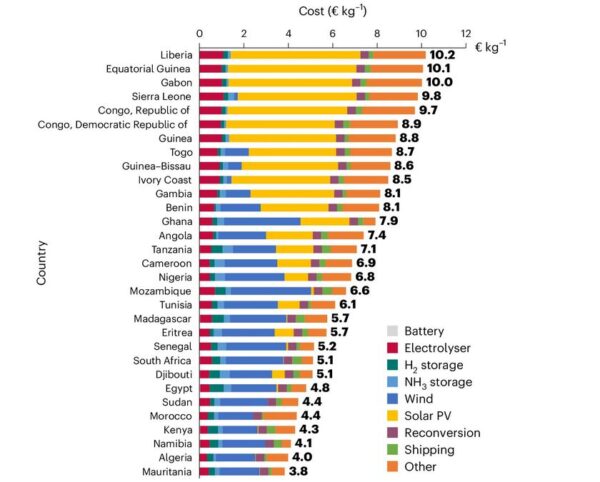
Image: Technical University of Munich, nature energy, CC BY 4.0
The analysis showed that, in high-interest scenarios, the lowest LCOH for ammonia exported from Africa would reach €4.9 kg without policy support and €3.8 kg when “fully de-risked” by EU member states. In a low-interest environment, the LCOH was found to be €4.2 kg and €3.2 kg, respectively.
“Our results also demonstrate the importance of de-risking, which reduces least costs by €1.1 kg and median costs by €3.9 kg,” the academics stressed, noting that also with de-risking, in high-interest rate scenarios, only 2.1% of all studied locations are economically viable for green hydrogen production, with Algeria, Kenya, Mauritania, Morocco and Namibia being pointed out as the only countries where similar prices could be achievable. “In a low interest rate environment, the proportions of locations reaching cost competitiveness without de-risking remains minimal at 0.5%.”
The scientists found that Mauritania is the country with the lower LCOH at $3.8/kg, followed by Algeria with $4.0/kg and Namibia with $4.1/kg. Liberia and Guinea Equatorial were found to have the highest LCOH at $10.2/kg and $10.1/kg, respectively.
They insisted on the need to implement de-risking as a main strategy to help the proposed hydrogen projects move forward and said strategic location selection should also be applied to improve the fundamentals of each initiative.
“De-risking reduces the variance of COC across countries,” they concluded. “Whereas in the commercial scenario, COC varies by 15.9 percentage points across countries, this variance reduces to 1.9 percentage points in a de-risked scenario. Hence, de-risking acts as a leveler, bringing green hydrogen costs across different countries much closer together.”
Their findings are available in the paper “Mapping the cost competitiveness of African green hydrogen imports to Europe,” which was recently published in nature energy.
This content is protected by copyright and may not be reused. If you want to cooperate with us and would like to reuse some of our content, please contact: editors@pv-magazine.com.
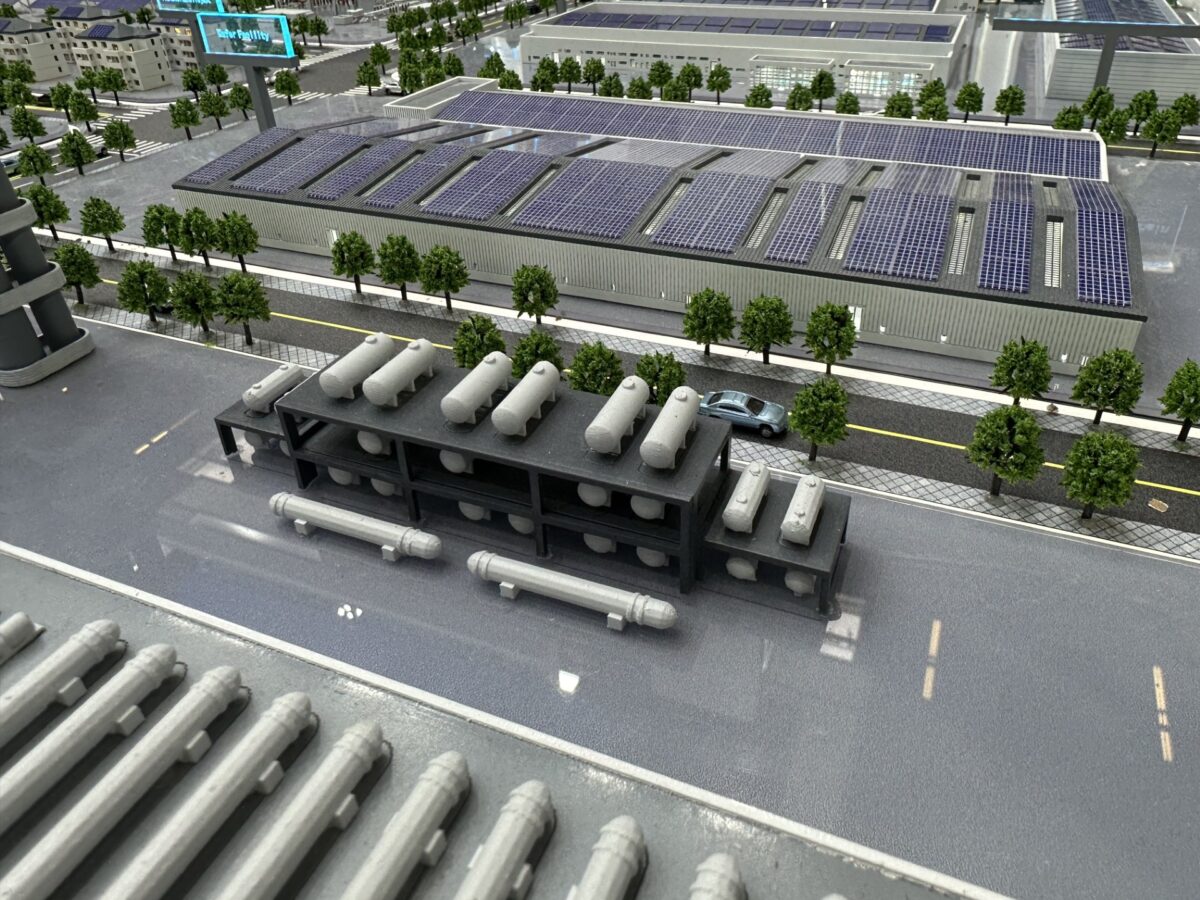
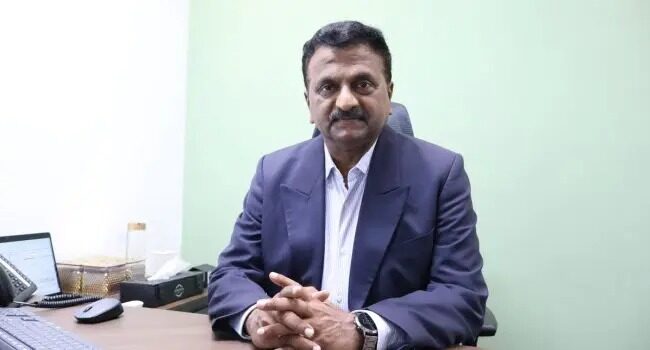


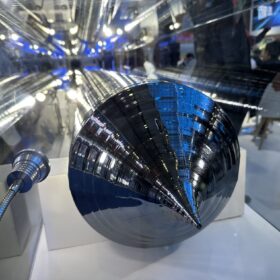
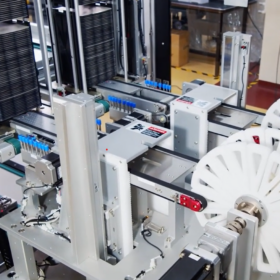
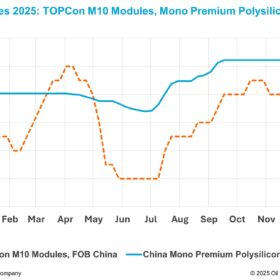

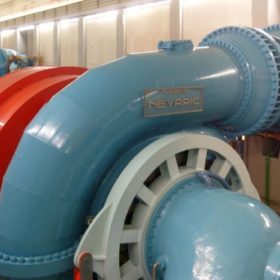
By submitting this form you agree to pv magazine using your data for the purposes of publishing your comment.
Your personal data will only be disclosed or otherwise transmitted to third parties for the purposes of spam filtering or if this is necessary for technical maintenance of the website. Any other transfer to third parties will not take place unless this is justified on the basis of applicable data protection regulations or if pv magazine is legally obliged to do so.
You may revoke this consent at any time with effect for the future, in which case your personal data will be deleted immediately. Otherwise, your data will be deleted if pv magazine has processed your request or the purpose of data storage is fulfilled.
Further information on data privacy can be found in our Data Protection Policy.